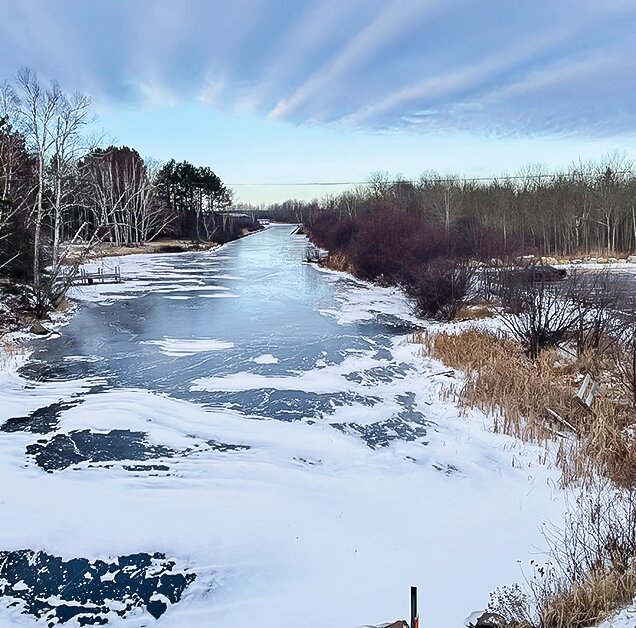Support the Timberjay by making a donation.
Be extra cautious on early season ice this year
REGIONAL— The recent colder weather has put ice on many area lakes and ponds, but folks should keep in mind that the ice may still be too thin to support most activities on the ice, such as ice …
This item is available in full to subscribers.
Attention subscribers
To continue reading, you will need to either log in to your subscriber account, or purchase a new subscription.
If you are a current print subscriber, you can set up a free website account and connect your subscription to it by clicking here.
If you are a digital subscriber with an active, online-only subscription then you already have an account here. Just reset your password if you've not yet logged in to your account on this new site.
Otherwise, click here to view your options for subscribing.
Please log in to continue |
Be extra cautious on early season ice this year
REGIONAL— The recent colder weather has put ice on many area lakes and ponds, but folks should keep in mind that the ice may still be too thin to support most activities on the ice, such as ice fishing, skating, or snowmobiling.
Unseasonably warm weather during the first half of November slowed the formation of ice this year, which means the ice that has formed may not be as thick as is typical for this time of year.
Falls through the ice can turn tragic quickly, and the effects of cold water mean even strong swimmers likely will find it difficult to save themselves from an unexpected fall. Parents and guardians need to be especially vigilant to watch kids and ensure their innate curiosity about early ice doesn’t put them at risk.
Capt. Adam Block, boating law administrator with the DNR Enforcement Division, urges parents and guardians to talk with their children and neighbors about staying away from lakes, ponds and rivers this time of year unless there’s an adult supervising.
The best way to stay safe on the early-season ice is to wear a life jacket (foam is better than an inflatable in cold water). Block also recommends people carry a phone or other communications device to call for help, to let others know where they’re going and when they plan to return, and to be prepared to deal with an unforeseen incident. Also consider traveling in pairs, and bring a rope to help rescue a companion who falls through the ice.
Keep in mind that ice is never entirely safe and the thickness can vary significantly depending on things like springs and current. That’s why it’s a good idea to keep close watch on the ice as you travel and test it regularly to ensure it remains safe for travel. A minimum of four inches of ice is considered necessary for safe walking.






